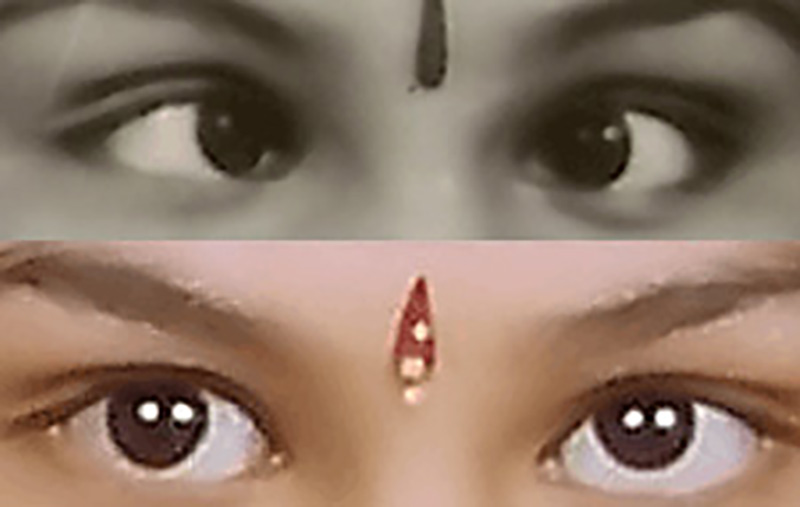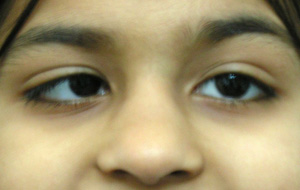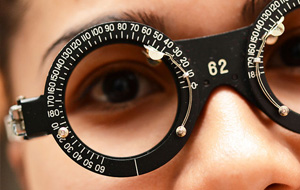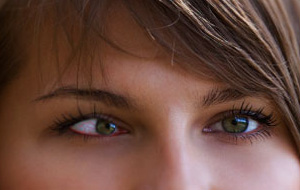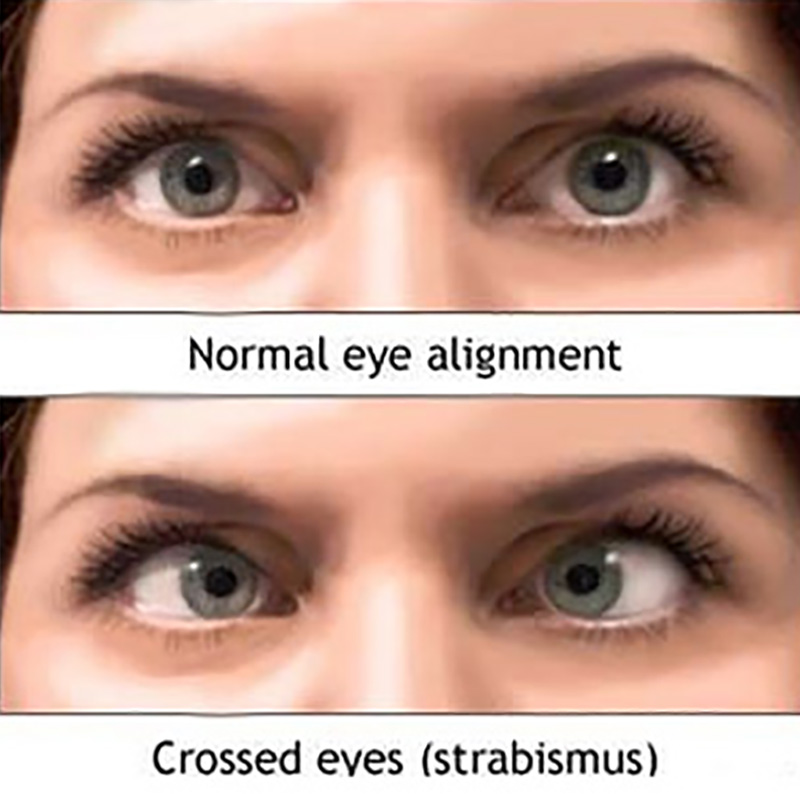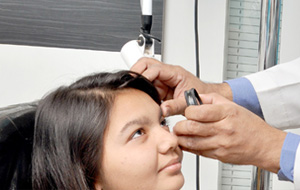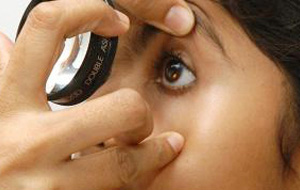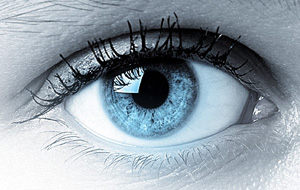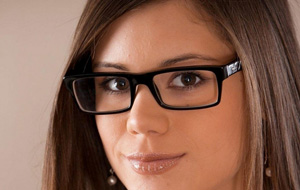Squint Eye
What is a squint eye or strabismus?
Strabismus is the medical term for misalignment of the eyes — two eyes that are not straight.
What is the prevalence of this problem?
Squint eyes are seen in 4-5% of our population.
What are the problems with squint eyes?
Squint can cause a couple of different vision problems:
Defective binocular vision
The eyes need to be straight for the brain to combine the images seen by the two eyes into a single picture. This gives us 3-D vision, which allows us to judge depth. Any turn of the eye can interrupt 3-D vision. Loss of 3-D vison makes many tasks difficult, like pouring coffee into a cup or getting down a staircase. Also a person without 3-D vision cannot enter into certain professions where this is crucial.
Vision loss in the turned eye
When a child's eye is turned, he or she may end up with only partial sight in the turned eye. This condition is called amblyopia, or "lazy eye." This can also happen if the eyes are unequally focused.
Can a child become blind due to squint?
Yes. An untreated squint since early childhood can result in lazy eye or blindness in that eye as mentioned above.
What causes squint? Is there a role for Heredity?
Strabismus can run in families. Sometimes the condition is due to the eyes being out of focus like a long sightedness or short sight. Sometimes there is a problem with the eye muscles or nerves. Strabismus can also be caused by a serious problem inside the eye, such as a tumour or a cataract, which leads to poor vision.
What are the types of squints?
Squints are basically of three types depending on the side to which the eye is turned:
- Convergent squint or esotropia when the eye is turned inwards
- Divergent squint or Exotropia when the eye is turned outwards
- Vertical squint when the eye is turned up or downwards
At what age can we take our child to the doctor?
A child can be checked at any age to see whether his or her eyes are properly aligned. Any misalignment of the eyes beyond the age of 3 months is abnormal. If you are not sure whether your child's eyes are straight, please contact a squint specialist for a thorough eye exam including refraction & examination of the inside of the eye. All squints must be corrected preferably before the age of 2 & definitely before 8 years.
My child looks normal. Should I have an eye exam for him / her ?
All newborns should have their eyes checked in the hospital for visual problems, such as cataracts or lack of visual response. All children should have their vision checked by age 3 1/2 to 4 1/2 yrs to detect common treatable problems such as strabismus, amblyopia or the need for glasses.
Is my child especially at risk?
If any member of your immediate family has had strabismus or amblyopia, it is more likely that your child will have it. In this case, even if your child's eyes seem straight, he or she should be examined by a Pediatric Ophthalmologist by age 1 and again by age 3. Premature birth, neurological diseases, and a family history of severe eye diseases are also reasons to have your child's eyes examined early.
How are squints treated?
The goal of treatment is for your child to have good vision in each eye, as well as good binocular (3-D) vision. If your child's squint has caused amblyopia, treatment will aim at bringing the vision up to normal in the "lazy" eye first. Glasses may help for eyes that are out of focus, especially when one is much worse than the other. They may also help straighten the eyes. Surgery on the eye muscles may be necessary, especially when glasses are not enough to straighten the eyes. Surgery may be necessary on one or both eyes depending on the type & amount of squint.
The results of treatment can be excellent. How much your child's vision improves depends on how early in life and how quickly treatment was started. This is especially true for amblyopia and for strabismus that develops in a child who was born with straight eyes. If treatment is delayed too long, it may not be possible to completely restore your child's vision. This kind of vision problem can be effectively prevented, so it is important to seek professional advice as soon as possible.
Can I stop using glasses after squint surgery?
Squint surgery will only align the eyes. It will not correct the short sight or long sight. Hence you will need to continue with glasses.
Can squint eye cause eye strain & headaches?
Certain forms of squint eyes can cause eye strain & headaches particularly after reading or working with computers. These patients may need some exercises or surgery to relieve the symptoms.
Grandma says Squint is a sign of luck in my family. So I don't want my child's squint to be corrected.
Squint is not a sign of luck, but may be a sign of blindness in that eye. Please rush immediately to a squint specialist before it is too late. So remember Squint is a sign of poor vision. Early treatment can restore near normal vision. Treatment may not be possible after the age of 8 yrs. Rush to a Pediatric ophthalmologist if your child has squint.
For further details please contact:
Dr.Arun Samprathi
MBBS, DOMS, DNB, MNAMS, FRCS Edinburgh Pediatric Ophthalmogist & Squint specialist Samprathi Eye Hospital & Squint Centre
# 111, Railway Parallel Road, Kumara Park .West, Behind Hotel Ashok Bangalore 560020
Phone: 080 - 23367544 / 23360099
